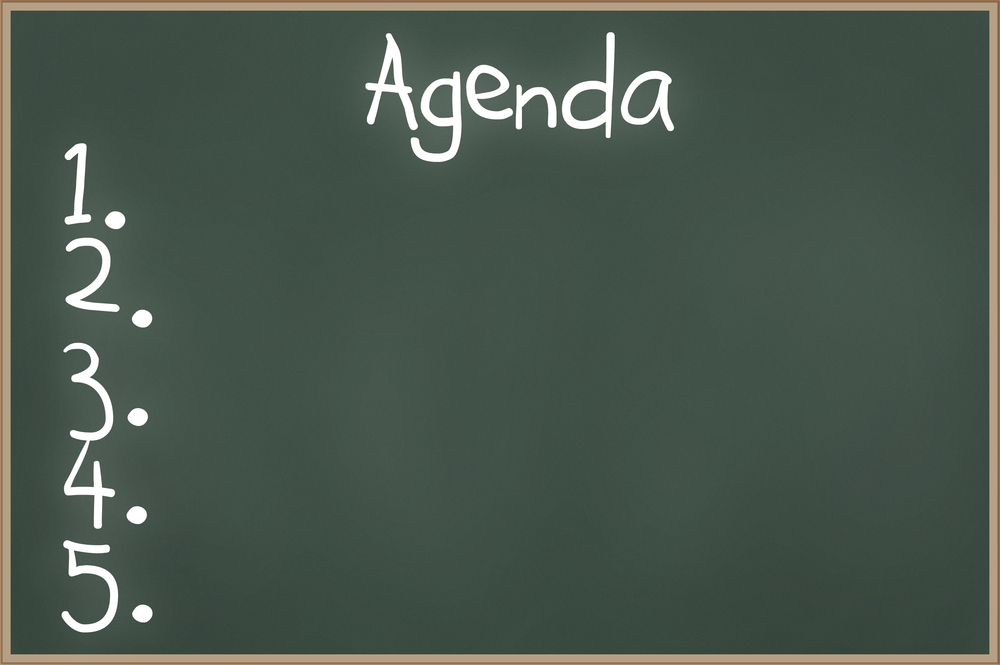We’ve all walked out of a meeting and thought “Wow, that was a waste of time.” Perhaps the meeting had no clear purpose, the participants strayed off topic or the issues weren’t adequately resolved. Regardless, you left the meeting feeling frustrated. This time-wasting experience could have been avoided if the person preparing for the meeting knew how to write an agenda that kept the meeting on target and productive.
When it comes to virtual meetings, an agenda becomes even more critical as keeping everyone on the same page becomes even more challenging.
An agenda serves as the meeting’s blue print. It reveals the overall objective of the event and provides structure in the form of topics, goals and timing. An effective agenda offers a logical flow that keeps participants motivated and focused. Whether formal or casual, all business meetings of three or more people should be run using a solid agenda. By following a simple template, you can learn how to write an agenda that brings harmony and efficiency to your next event.
Create a heading that includes information such as:
- Organization name
- Department name
- Name of the meeting
- Date
- Start and end times
- Location
- List of invitees
Provide a meeting objective. State the overall goal in one to three sentences.
For formal meetings, include this beginning protocol:
- Call to order
- Roll call
- Approval of last meeting’s minutes
Now list the topics to be discussed. All topics should support the meeting’s overall objective and occur in logical order. Sometimes it helps to start with the most important or time-consuming issues first. For formal meetings, address old business before new business. Include the following information:
- First topic. Describe the topic using an action word such as decide, discuss, assign, review and finish. Include a brief reason why this topic is included in the agenda. List the main person responsible for the topic. To keep the meeting moving forward, assign a start time and the number of minutes allocated for the issue. Allow time to wrap up the discussion with a list of next steps, delegated tasks and due dates.
- Second topic.
- Third topic and so on.
- Open discussion. If time permits, allow time at the end of the meeting for discussing related topics, answering questions and handling problems. Schedule additional meetings for unrelated topics.
End formal meetings with the following protocol:
-
- Announcements, including date and time of the next meeting
- Adjournment
Now you know one of the surest ways to run a productive meeting, but we have a big question for you: Should you even meet? Far too many leaders schedule meetings just for the sake of meeting, and it’s often a big time waster. Check out this video to learn two questions to ask yourself before you send that meeting invitation.


0 comments